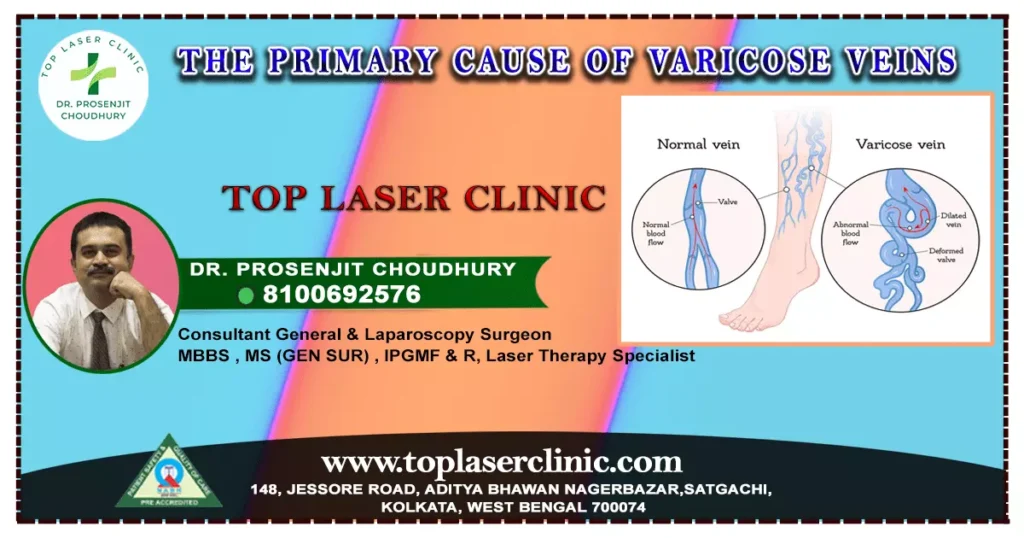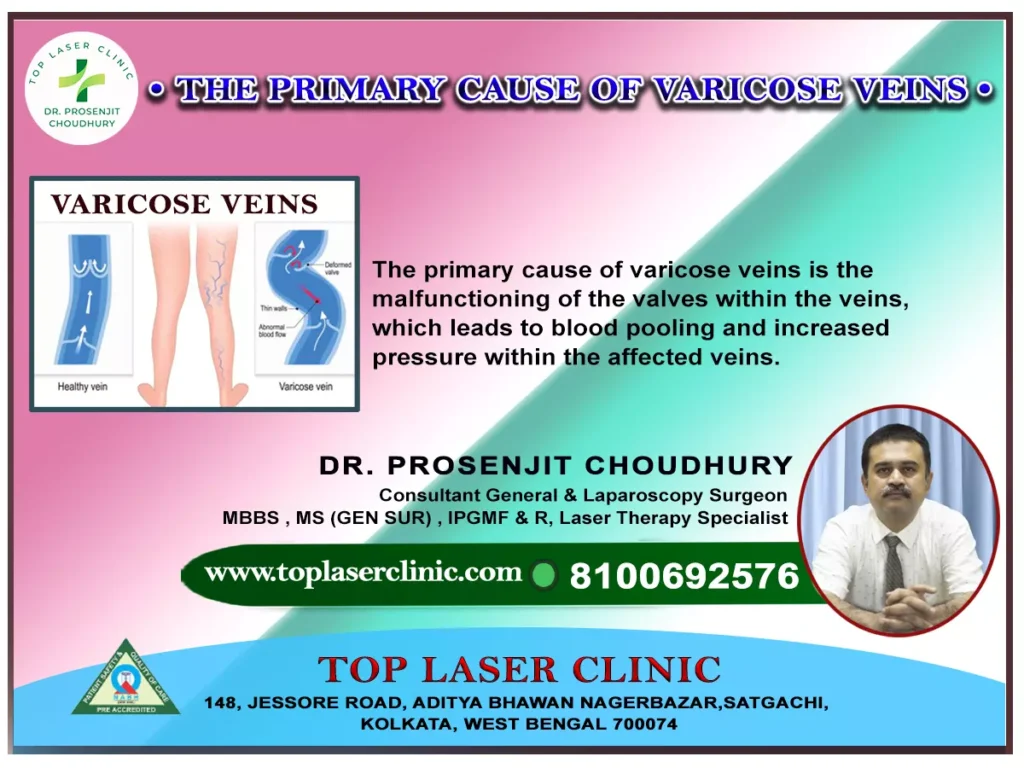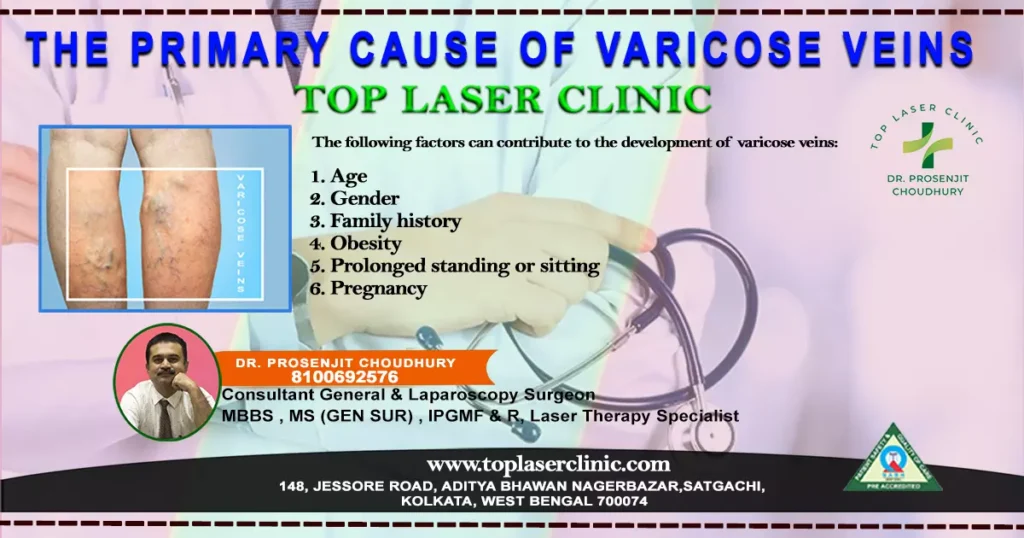
Table of Contents
Varicose veins are a widespread medical problem that primarily affects women.These veins are enlarged and twisted, most often appearing in the legs. The symptoms of varicose veins can include swelling, aching or throbbing pain in the legs, and visible blue or purple veins on the skin.
This can make your legs feel heavy, achy, and uncomfortable. Varicose veins can cause discomfort and pain in the legs due to their enlargement. Patients’ awareness that their “tired, aching” legs no longer had to be tolerated has raised the demand for varicose vein treatment.
Symptomatic veins, including major or minor varicose veins or telangiectatic veins, can respond to various treatment options.The choice of treatment for varicose veins depends on their underlying cause, and it is important to note that many varicose veins do not need treating or can be managed effectively with graduated compression stockings.
Conservative approach, compression hosiery, ultrasound-guided foam sclerotherapy, endo-venous laser ablation and radiofrequency ablation are among the treatment options available for varicose veins.
It is important to accurately classify varicose veins using the CEAP classification system in order to determine the most effective treatment option.
The primary cause of varicose veins
The primary cause is the malfunctioning of the valves within the veins, which leads to blood pooling and increased pressure within the affected veins. This, in turn, causes the veins to enlarge and become visible.

Varicose veins can occur as a result of the following 6 factors:
1. Age:
The risk of developing varicose veins increases with age, as the veins lose elasticity over time.
2. Gender:
Women are more likely to develop varicose veins compared to men. Hormonal changes during pregnancy and menopause, as well as the use of hormonal treatments like birth control pills, can increase the risk.
3. Family history:
If your close family members have varicose veins, you have a higher likelihood of developing them too.

4. Obesity:
Being overweight or obese puts additional pressure on the veins, making them more susceptible to becoming varicose.
5. Prolonged standing or sitting:
Occupations that involve long periods of standing or sitting can contribute to the development of varicose veins. Lack of movement can hinder blood circulation, causing blood to pool in the leg veins.
6. Pregnancy:
During pregnancy, the increased blood volume and hormonal changes can affect the veins’ valves, increasing the risk of varicose veins.